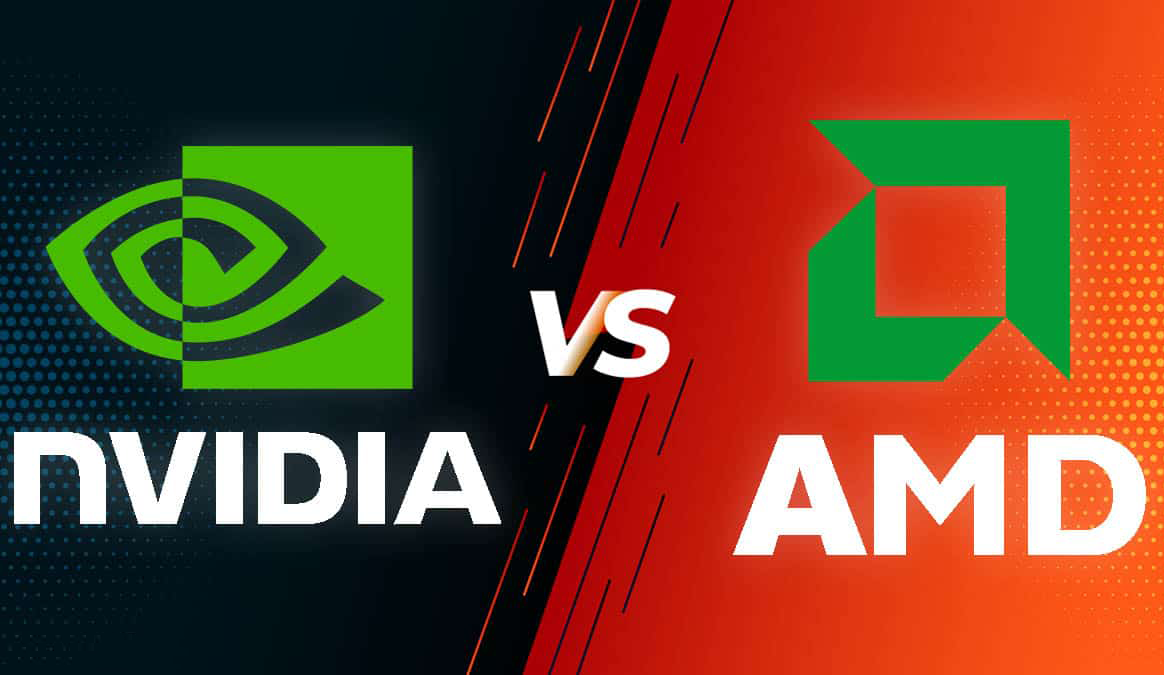Article
Evolution of Graphic Card Technology and Its Impact on Pakistani Market
Evolution of Graphic Card Technology
Graphic cards, vital for rendering images, videos, and animations on computers, have evolved significantly. Initially, they were simple display systems, but today, they are complex processing units. Early graphic cards, primarily used for basic visual tasks, lacked the processing power of contemporary models. With time, these cards evolved, integrating more power and capabilities. Manufacturers like NVIDIA and AMD led innovations, introducing GPUs (Graphics Processing Units) capable of handling intensive graphics and computational tasks. This evolution shifted from basic image rendering to advanced 3D graphics, real-time ray tracing, and AI-driven processes.
Impact on the Pakistani Market
In Pakistan, the evolution of graphic cards has had a notable impact. As global technology advanced, Pakistan’s market adapted, with increased demand for high-performance GPUs. This demand is driven by a growing gaming community, professional graphic designers, and the tech industry’s expansion. High-end graphic cards are increasingly sought after for gaming, professional graphics work, and cryptocurrency mining. However, challenges such as high import duties and limited availability affect the market. Despite these challenges, there is a steady growth in the adoption of advanced graphic card technologies in Pakistan.
Early Stages of Graphic Card Development
Basic capabilities marked the early stages of graphic card development. These initial cards, focusing on simple display functions, offered limited resolution and colour depth. IBM’s introduction of the MDA (Monochrome Display Adapter) and CGA (Color Graphics Adapter) in the early 1980s marked the beginning of consumer graphic card technology. These developments paved the way for more advanced cards like VGA (Video Graphics Array), which became a standard in the late 1980s. These early stages laid the foundation for future advancements in graphic card technology.
Advancements in Graphic Card Technology
Graphic card technology saw substantial advancements in the late 20th and early 21st centuries. The introduction of 3D graphics and the transition to GPU-based architectures marked significant milestones. NVIDIA’s GeForce 256, released in 1999, was the first to be branded a GPU, offering accelerated 3D graphics and transforming gaming and multimedia applications. Subsequent advancements included increased memory capacity, faster processing speeds, and improved energy efficiency. These innovations enabled more realistic graphics, smoother gameplay, and broader applications beyond gaming.
Modern Graphic Cards and Their Capabilities
Modern graphic cards are marvels of technology, boasting capabilities once thought impossible. Current GPUs handle graphics processing and complex computations for AI and machine learning. They offer high-resolution gaming, support for multiple monitors, real-time ray tracing, and VR capabilities. Brands like NVIDIA and AMD continually push the envelope, with cards like the NVIDIA RTX series and AMD’s Radeon RX series showcasing the pinnacle of current technology. These modern cards are essential for high-end gaming, professional graphic design, video editing, and more.
Graphic Cards in Gaming and Entertainment
In gaming and entertainment, graphic cards play a pivotal role. They enable high-definition visuals, realistic environments, and smooth gameplay, which are essential for modern gaming experiences. Advanced GPUs also power VR and AR technologies, immersing users in virtual worlds. The gaming industry, constantly pushing for more realistic and immersive experiences, drives the demand for more powerful graphic cards. This demand influences the development of new technologies and standards in graphic cards.
Graphic Cards in Professional and Academic Settings
In professional and academic settings, graphic cards are indispensable tools. They facilitate high-end graphics work, 3D modelling, video editing, and data visualization. GPUs are increasingly used in scientific research for simulations and complex calculations, accelerating tasks that would take much longer on traditional CPUs. In academic settings, they enable advanced research and learning opportunities in computer science, engineering, and digital arts.
Market Trends and Consumer Behavior in Pakistan
Pakistan’s graphic card market reflects global trends with a local twist. Consumers are keenly interested in the latest technologies but face challenges like affordability and availability. The gaming community, proliferating, drives demand for mid-range to high-end cards. Additionally, professionals in graphic design and video editing contribute to this demand. Market trends also show an interest in used or refurbished cards, a response to budget constraints. E-commerce platforms and tech markets in major cities like Karachi, Lahore, and Islamabad are primary sources for these products.
Challenges and Opportunities in the Pakistani Market
The Pakistani market for graphic cards presents both challenges and opportunities. High import taxes and fluctuating currency values make these cards expensive for average consumers. Additionally, there is a lack of official representation from major manufacturers, leading to warranty and authenticity issues—however, the growing IT sector, burgeoning gaming community, and digital transformation present significant opportunities. Increased local demand could encourage official representation and investment, potentially stabilizing prices and improving availability.
Conclusion
Graphic card technology has evolved remarkably, impacting various sectors globally, including Pakistan. These graphic cards have become essential for modern computing in Pakistan, from essential display functions to powering complex 3D environments and AI computations.

